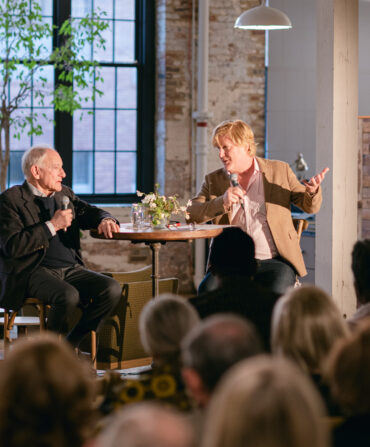G&G PRESENTS:
30 Southern Heroes
From conservationists to cultural champions to preservationists to storytellers, these groundbreakers are making the South a better place

1 OF 30
Rhiannon Giddens
The Storyteller
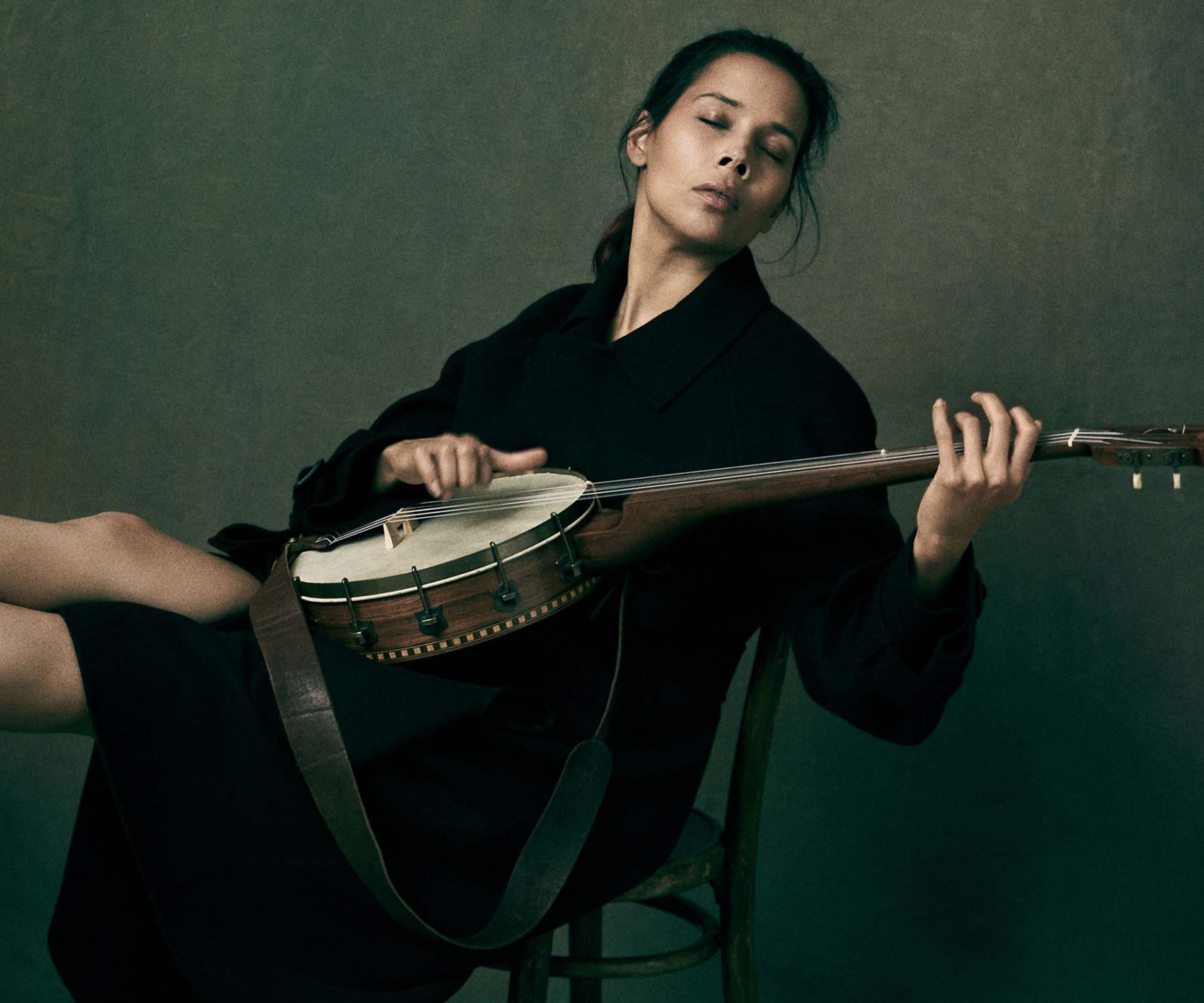
Miller Mobley
Long before she ever picked up a banjo, or won a Grammy, or received a MacArthur Fellowship, an eight-year-old named Rhiannon Giddens wanted to travel through time. She lived with her grandparents in rural North Carolina, where she liked to make up songs, and she spent many afternoons devouring fantasies inspired by European history. Much as she loved the magic and drama of these tales, she couldn’t bring herself to care about kings and battles. She wanted to know more about the people outside the castle walls—what they ate, what they wore, how they lived—than the wealthy damsels weeping in the turrets. Continue reading >>
2 OF 30
Ronald Kendall
The Quail Doctor
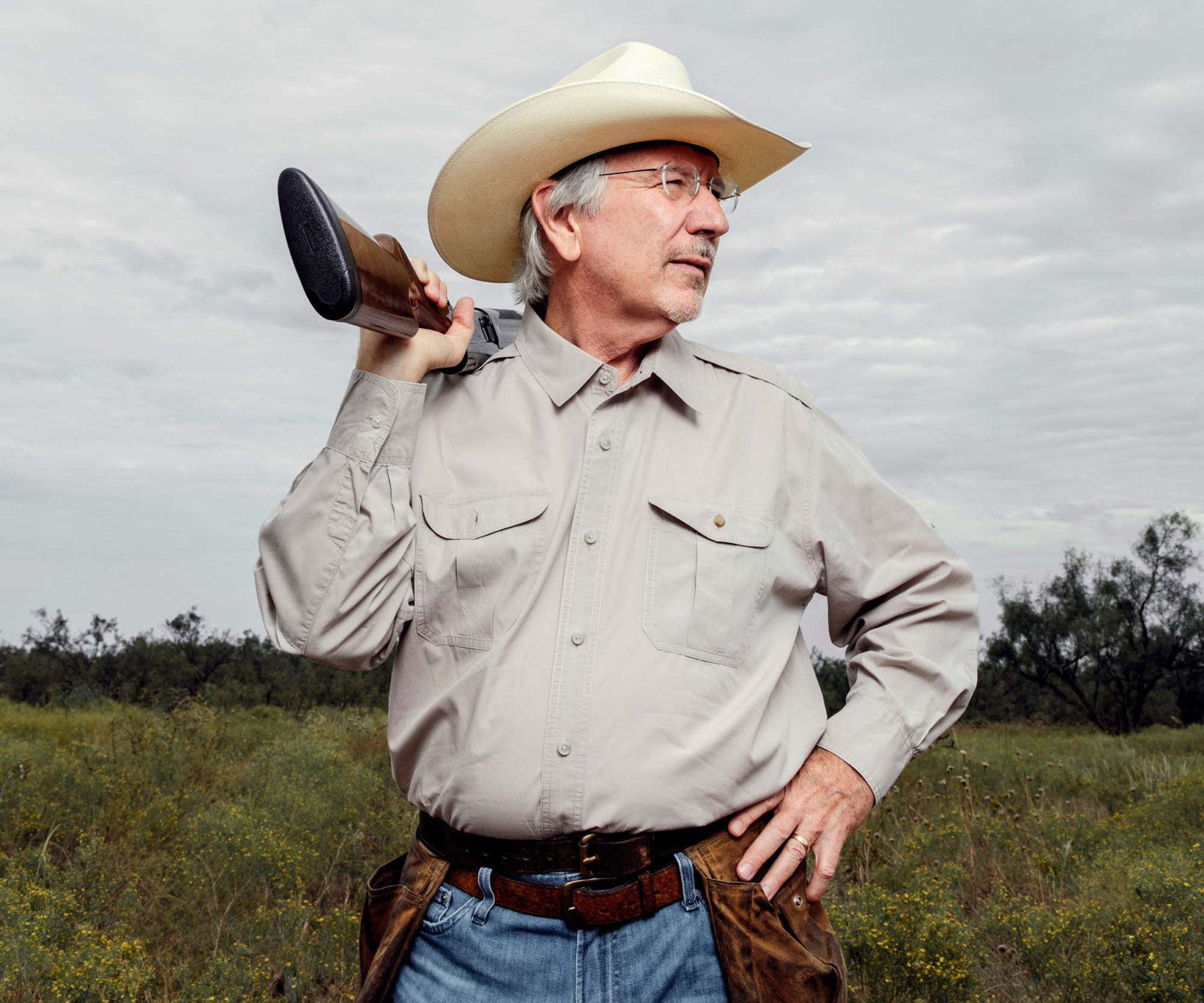
Trevor Paulhus
“I’m hopeful and encouraged and excited by what I’ve seen,” says Ronald Kendall, a professor of environmental toxicology and head of the Wildlife Toxicology Laboratory at Texas Tech University. This may sound like a stretch for someone as preoccupied with bobwhite quail as he is. The last fifty years have not been kind to that iconic Southern game bird, which concerned observers call “the canary of the prairie”; in that span, Kendall says, the species has endured “the collapse of most of its original native range.” Even in the Rolling Plains of Texas, more than twenty million acres in the state’s western grasslands that remain a relative stronghold of bobwhite habitat, “the booms are less a boom, and the busts are bigger busts.” Continue reading >>
3 OF 30
Sarah Ross
The Seed Restorer
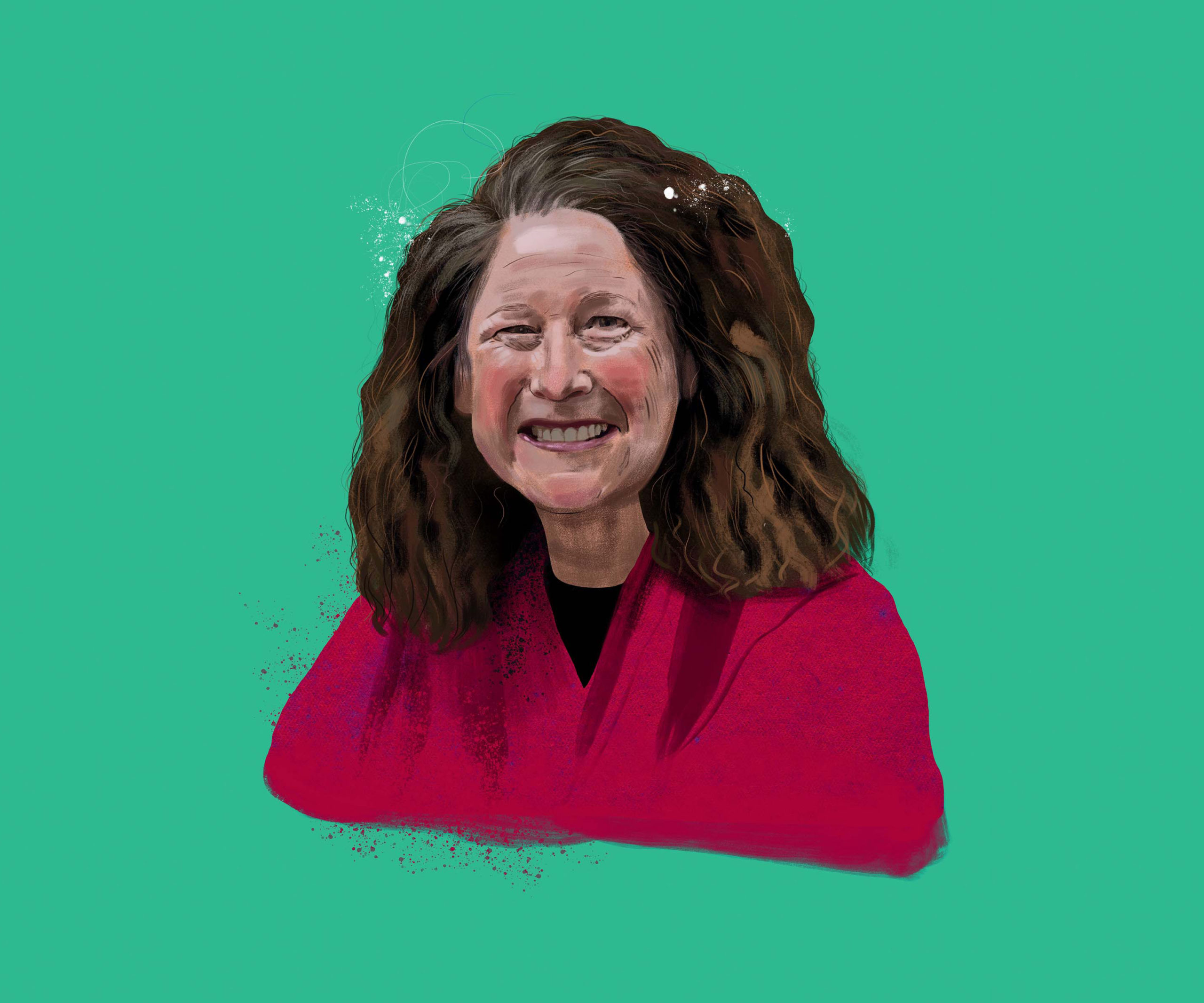
Barry Falls
The twelve-hundred-acre Wormsloe estate in Savannah, with its maritime oak and longleaf pine forests, has been held by nine generations of the same family since it was first established in the 1730s, as a plantation and an outpost to fend off Spanish invaders. But thanks to the work of Sarah Ross, the president of the Wormsloe Foundation and executive director of the University of Georgia Center for Research and Education at Wormsloe, today the estate supports an astonishing range of interdisciplinary research programs in ecology, environmental engineering, geography, hydrogeology, forestry, landscape design, historic preservation, habitat restoration, archaeology, organic gardening, and heirloom seed saving. Continue reading >>
4 OF 30
Eric S. Martin
The Lighthouse Keeper

Barry Falls
Just a handful of miles off the southernmost tip of the continental United States, the six Florida Keys reef lighthouses have guarded the world’s third-largest living coral reef since the nineteenth century. Once beacons for sailors, the lights have fallen into disrepair in recent years. Their spindly cast-iron legs extend into the aquamarine water, inviting corrosion and battling the winds and waves of hurricanes. Now, with increased use of GPS and other technology, the Coast Guard has deemed all but one of the lights no longer useful. As each structure goes up for auction, Eric S. Martin and his Florida Keys Reef Lights Foundation have applied for a transfer of ownership, or put in a bid for it. Continue reading >>
5 OF 30
Cindy Ayers Elliott
The Agrarian Evangelist
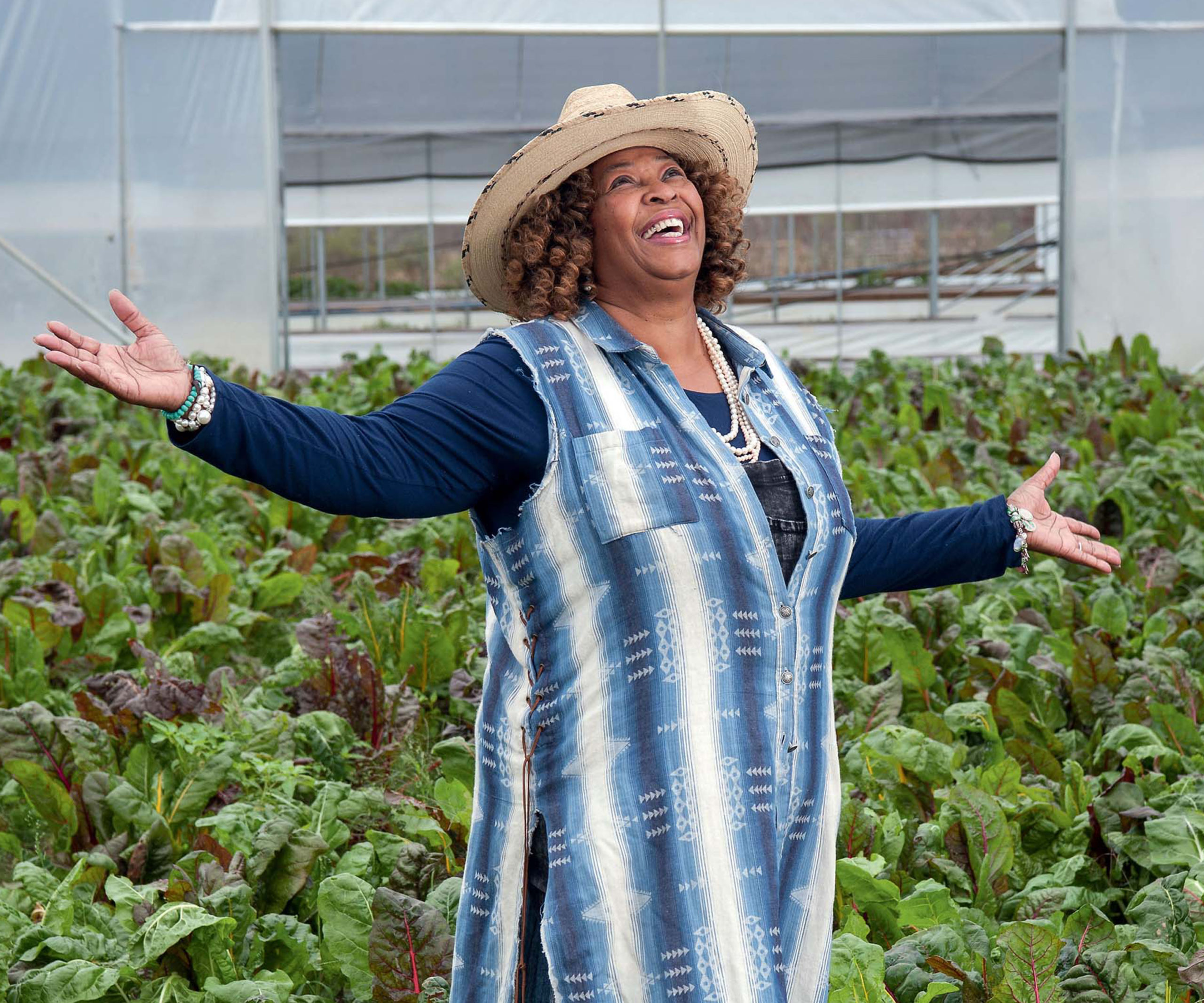
Rory Doyle
Ten years ago, Cindy Ayers Elliott was no farmer. “I’d never grown anything in my life except for flowers, and even those were plastic,” she says with a laugh. Now the Mississippi native and former New York investment banker runs Foot Print Farms on sixty-eight acres in Jackson, Mississippi. There, she uses USDA techniques, programs, and policies in her quest to help combat the state’s soaring rates of obesity and diabetes by getting healthy food on local tables and educating other would-be farmers in the process. Continue reading >>
6 OF 30
Wendell Berry
The Poet of Place

Guy Mendes
Wendell Berry has been called a prophet and a visionary, but he has about as much use for such lofty praise as he does for screens. He doesn’t own a cell phone or a computer. An essayist, fiction writer, poet, and small-farms advocate, Berry does possess a National Humanities Medal, which President Obama presented him in 2011, as well as a slew of other honors and the adulation of people around the world who admire him not only for his tremendous body of work but also for his activism and uncompromised truth telling. Continue reading >>
7 OF 30
Walt Wolfram
The Accent Advocate
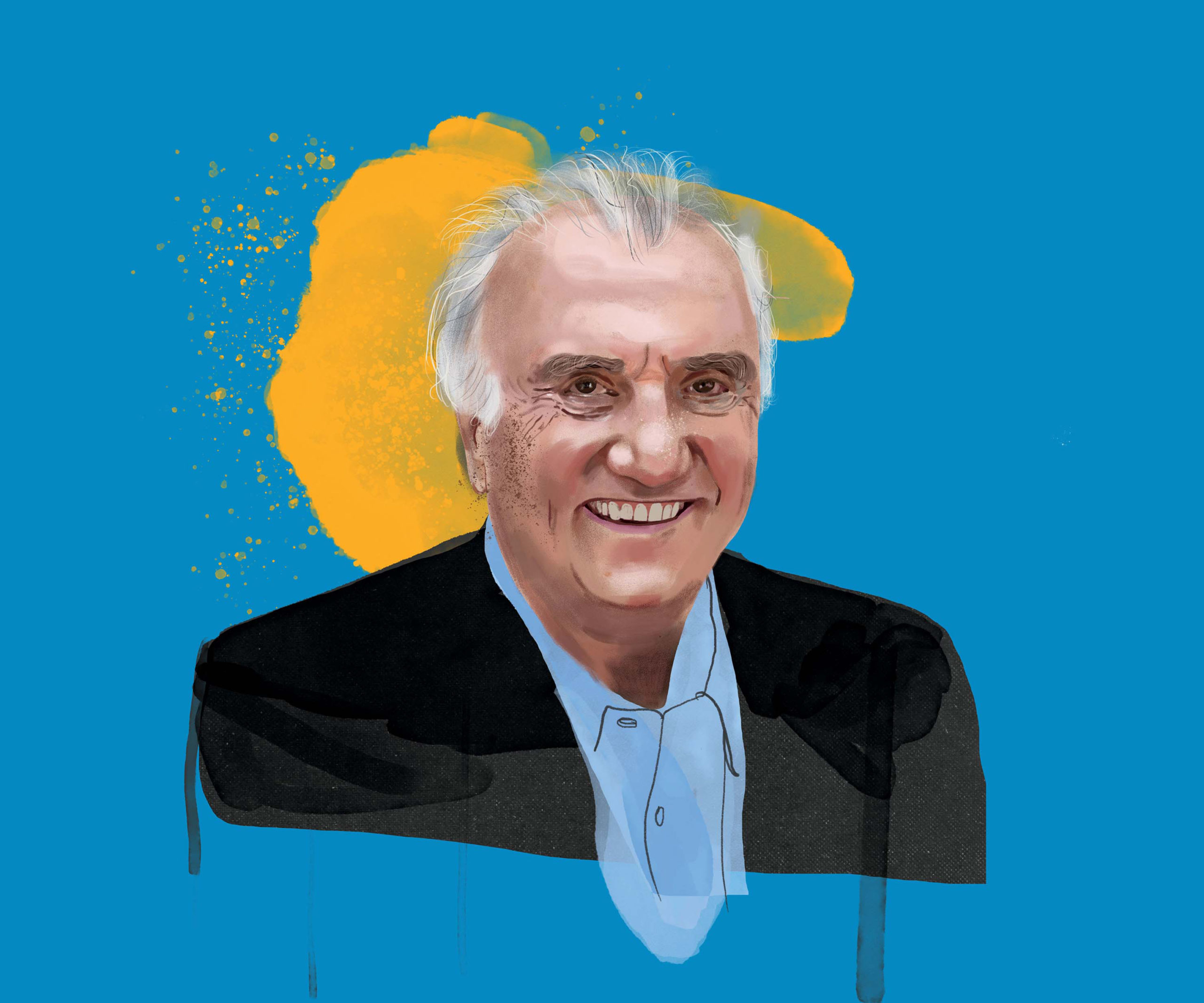
Barry Falls
If you wonder why residents of Ocracoke Island began referring to vacationers as “dingbatters” around 1972, Walt Wolfram can help (the answer: thank All in the Family). He can explain why someone who grew up in North Carolina’s western mountains might say, “Anymore we drink a lot of coffee”; he can identify a member of the Lumbee tribe just by hearing him speak; he knows why a person in Greens- boro is more likely to pronounce “well” as “whale” than someone in Charlotte. A longtime professor of sociolinguistics at North Carolina State University, Wolfram often calls the state “dialect heaven,” and he’s been researching, celebrating, and helping preserve distinctive speech patterns there and elsewhere for decades. Continue reading >>
8-9-10 OF 30
Hub City Writers Project
The Literary Lights

Barry Falls
New York book publishers don’t always do right by the South. Manhattan offices might love a version of the region, sure, because airy beach romances and Appalachian stereotypes sell. But if you’re looking for a publishing house that not only allows but celebrates all the nuance and complexity and curiosity that the South contains, make room on the nightstand for Hub City books. The Spartanburg, South Carolina, independent publishing house, bookshop, and nonprofit trace back to a 1995 conversation among three writers who wanted to preserve the literary tradition of the Carolinas. Continue reading >>
11 OF 30
Craig LeHoullier
The Tomato King
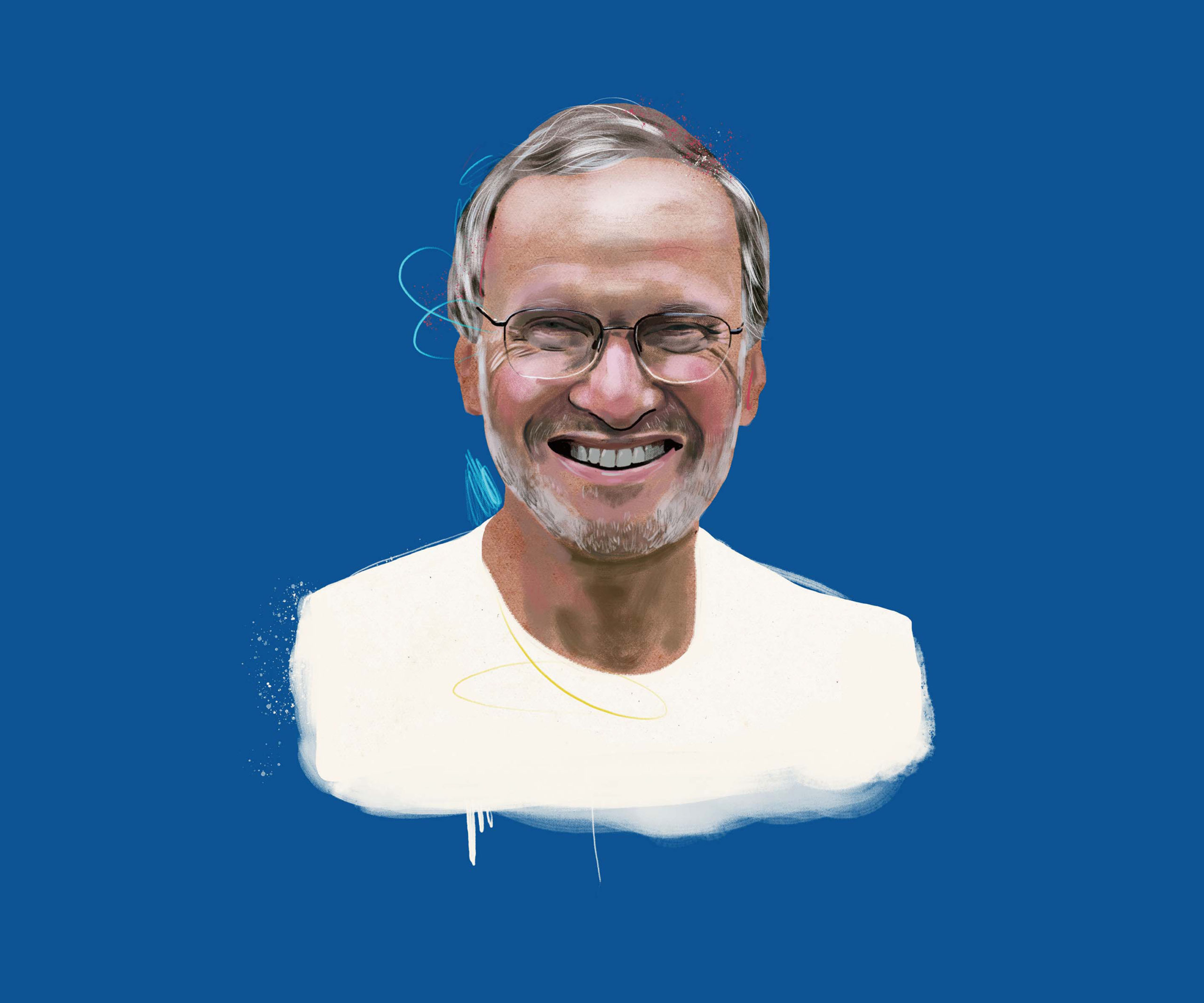
Barry Falls
In 1990, Craig LeHoullier received a package at his home in Raleigh from Sevierville, Tennessee, containing seeds from an unnamed tomato plant with a fuzzy history. The sender, John D. Green, claimed the tomatoes would be thick, juicy, and a lush bold purple. Green had obtained the seeds from a friend, whose ancestors had gotten them from a local Cherokee tribe more than a hundred years earlier, and passed them to LeHoullier, whom he had learned about through seed swap listings in gardening magazines. “I was skeptical,” LeHoullier says, “but I felt the gravity of the importance of trying this.” Continue reading >>
12 OF 30
Fawn Weaver
The Whiskey Benefactor
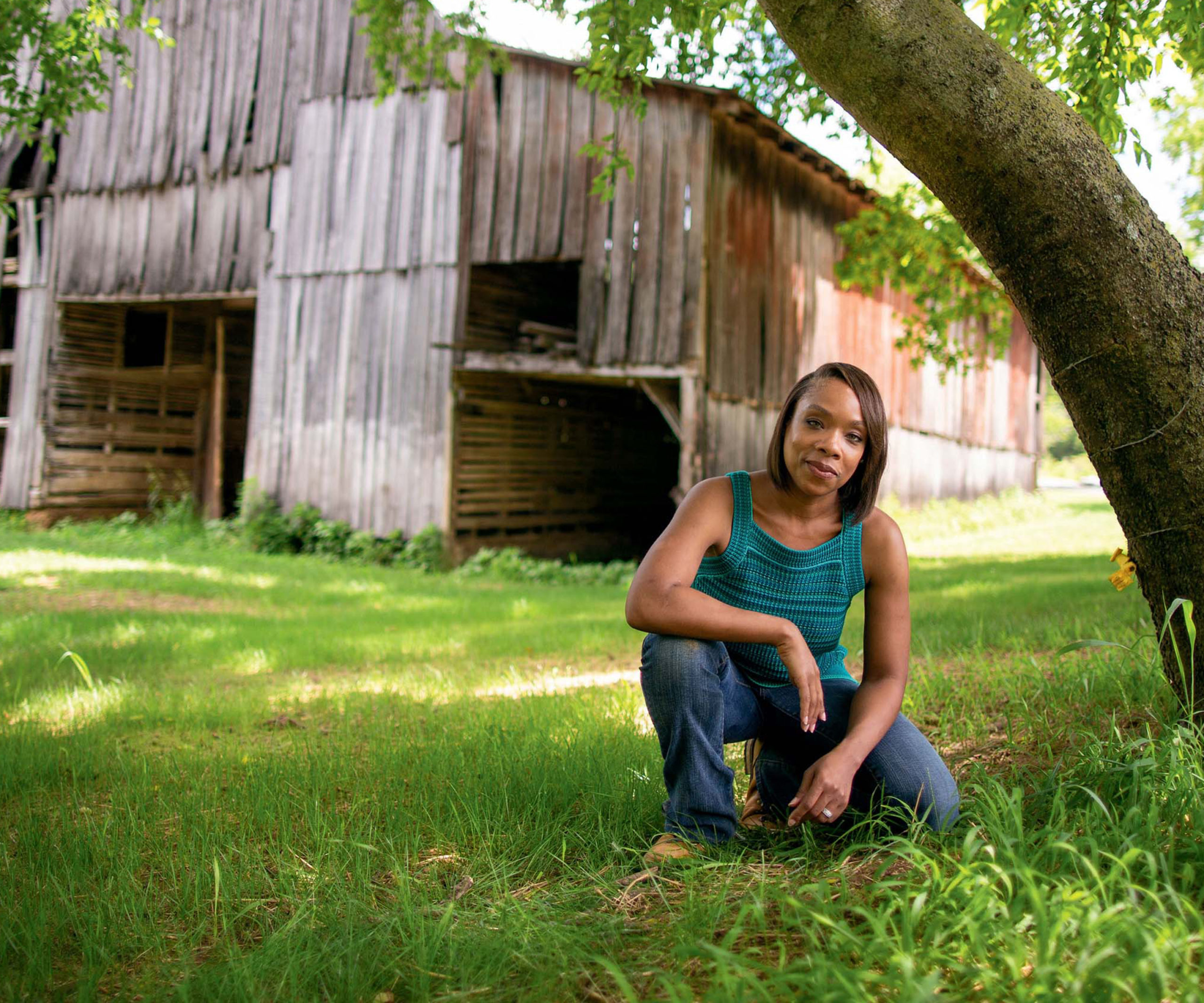
Nathan Morgan
Fawn Weaver had already realized her own life’s ambitions when she first learned about Nathan “Nearest” Green—or, as she tells it, when his story found her by way of a newspaper article. In the mid-1800s, Green, a formerly enslaved man, perfected the charcoal-filtration process specific to Tennessee whiskey and taught a young Jack Daniel how to distill, yet his legacy had mostly been forgotten. Weaver was a best-selling author, owned a nice home with her husband, Keith, and had traveled the world. She came to Tennessee to interview Green’s descendants for a book project but soon realized she had the ability to contribute much more. Continue reading >>
13-14 OF 30
Liz McCartney & Zack Rosenburg
The Rebuilders

Barry Falls
Like many of us, Liz McCartney and Zack Rosenburg watched the gut-wrenching scenes from post–Hurricane Katrina New Orleans feeling horrified and helpless. But unlike many of us, the couple uprooted their own lives to help. After an initial two-week stint serving meals in rural St. Bernard Parish, the couple found themselves on a street corner in New Orleans with a decision to make. “It was back and forth: ‘We gotta do something’; ‘What, are you crazy, we don’t know how to do anything,’” McCartney recalls. “But seven minutes later we looked at each other and said, ‘We have to do this.’” Continue reading >>
15 OF 30
Franklin D. Vagnone
The Firebrand
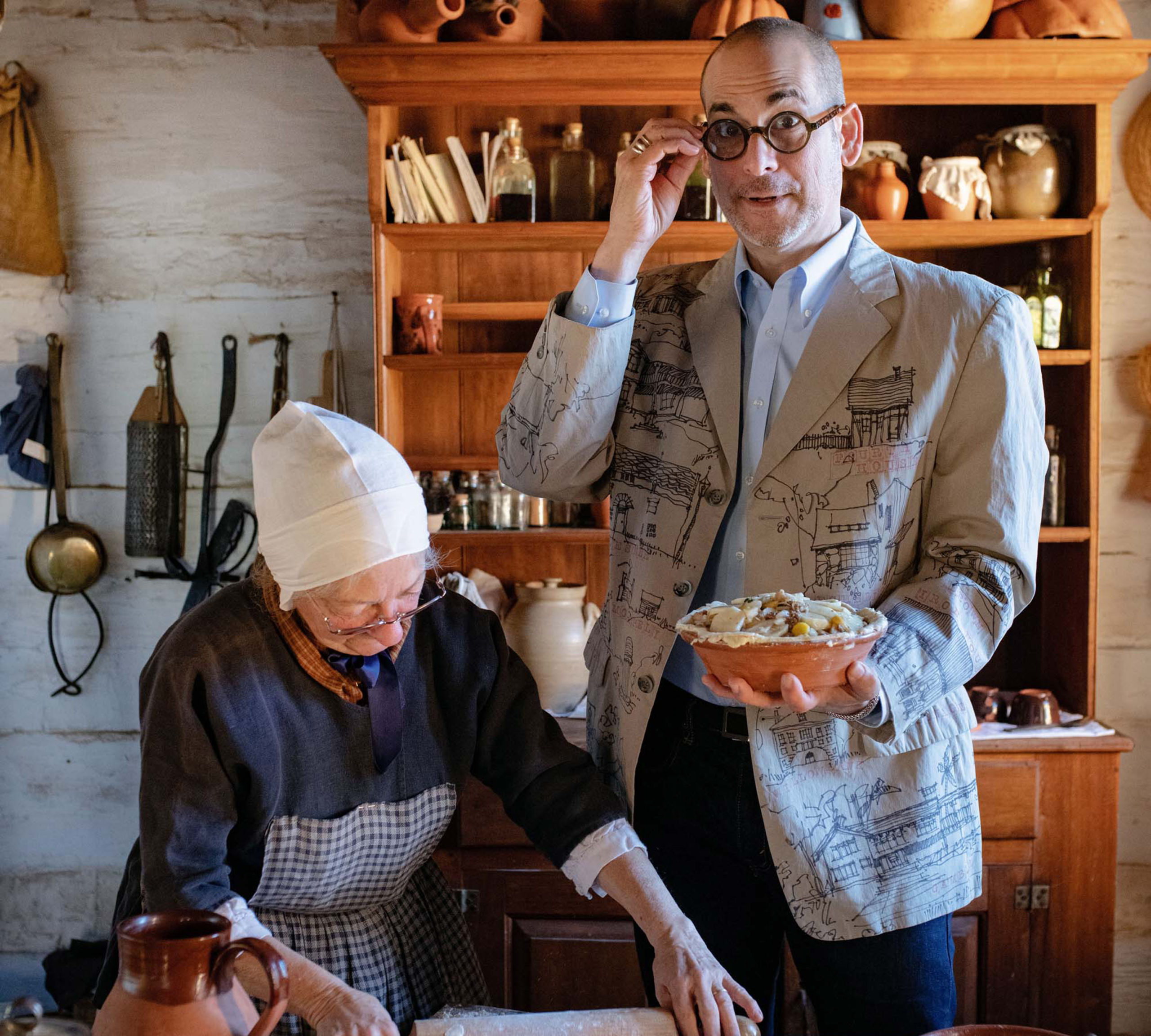
Andrew Kornylak
When Franklin D. Vagnone coauthored Anarchist’s Guide to Historic House Museums in 2015, he essentially tossed a small bomb into the staid, hands-off world of historic homes. Instead of keeping visitors behind a rope as they peered into a curated tableau, he wanted to invite them in and let them explore and touch and ask uncomfortable questions. Replacing “look” with “experience” was his way of creating relevance at historic properties, many of which have suffered from declining funding and attendance. “I was frustrated by the inability of these sites to innovate and move outside what is really a 1930s-to-1950s interpretive model,” says Vagnone, who grew up in Charlotte and previously headed historic site groups in Philadelphia and New York City. Continue reading >>
16-17-18 OF 30
Amir Touré, BJ Dennis, Sallie Ann Robinson
The Torchbearers
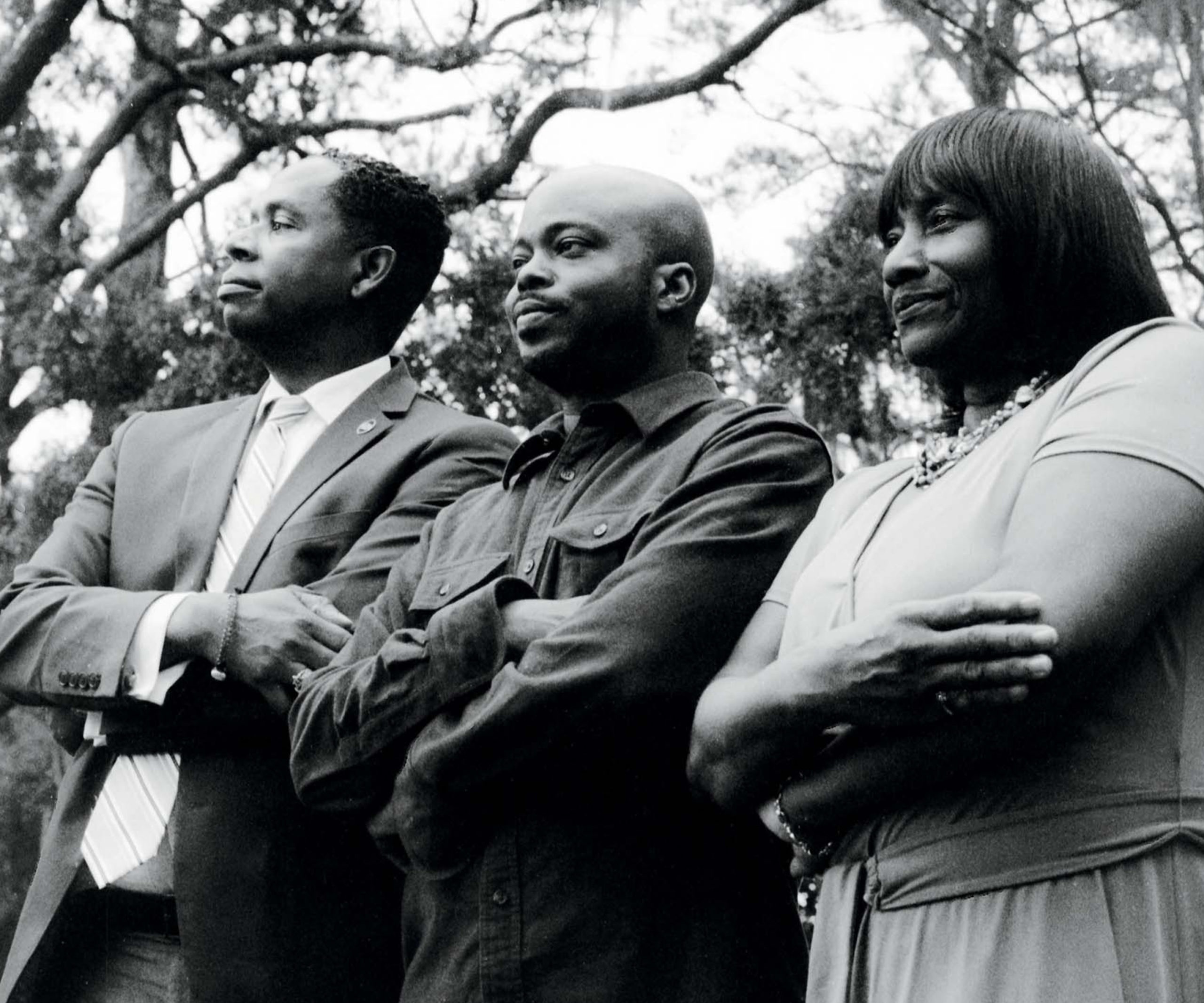
Gately Williams
The Gullah Geechee culture, long vulnerable to time and tide, has found many champions, including Benjamin “BJ” Dennis IV, Sallie Ann Robinson, and Amir Jamal Touré. Each of these experts descended from formerly enslaved Africans who lived on islands along the Southeastern coast. Isolated from the mainland, these communities kept many African traditions and language markers, and the dialects that emerged became known as Gullah, or Geechee, depending on the locale. But the term Gullah Geechee encompasses more than a way of talking—to the descendants, being Gullah Geechee is a way of life. Continue reading >>
19 OF 30
The Cajun Navy
The Rescuers
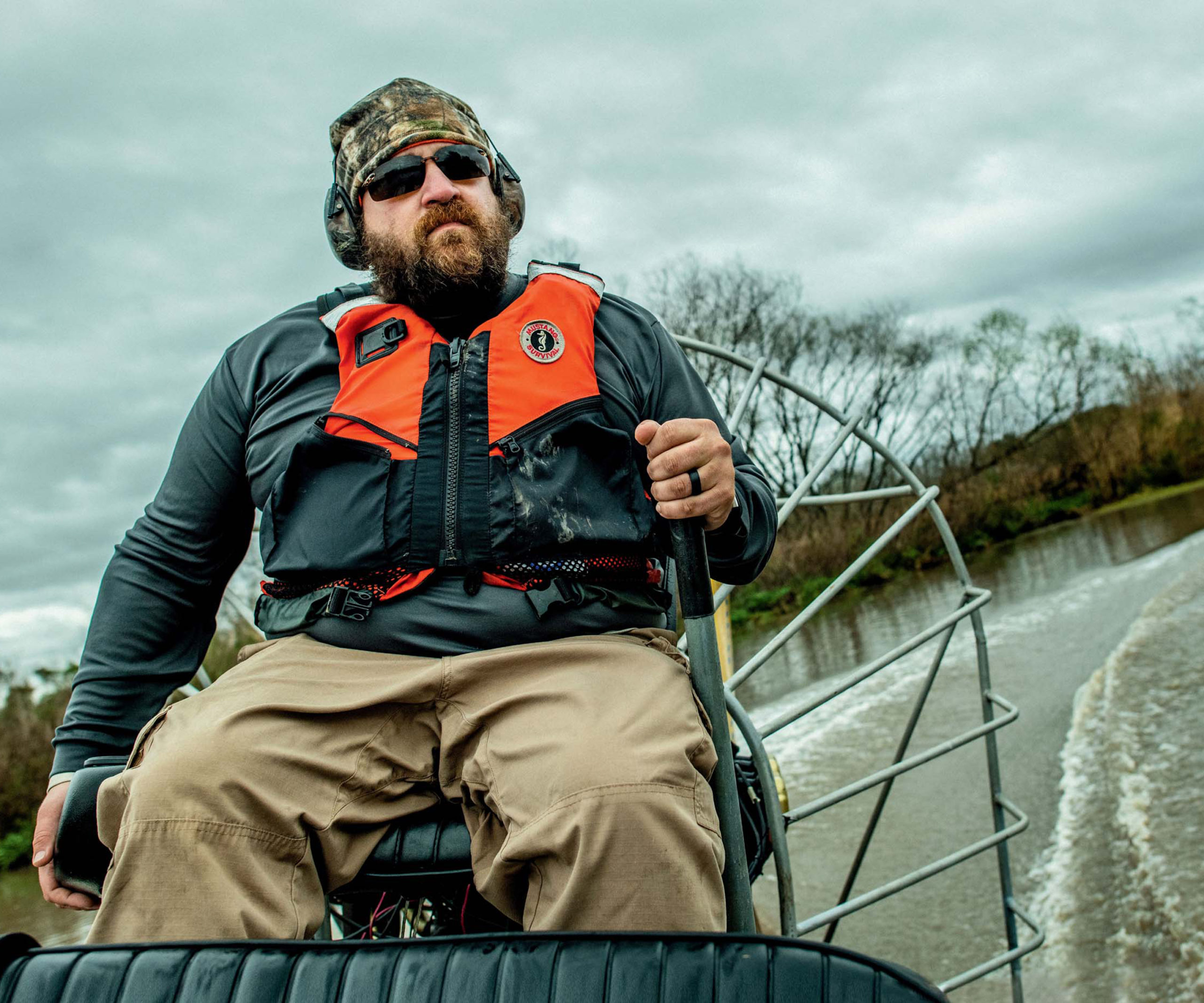
Denny Culbert
Flint Theriot got the call in the wee hours of the morning last September 19: An elderly woman confined to a wheelchair was trapped in her Vidor, Texas, home, and the water was rising fast. Theriot, a thirty-one-year-old crane operator from Lake Charles, Louisiana, had been in Southeast Texas for a few days by then, rescuing people with his flat-bottomed boat from houses flooded by Tropical Storm Imelda, one of the United States’ wettest storms on record. When Theriot arrived at the woman’s house, the water was up to her neck, and her television—still on—was floating alongside her. Continue reading >>
20 OF 30
Darius Rucker
The Music Maker
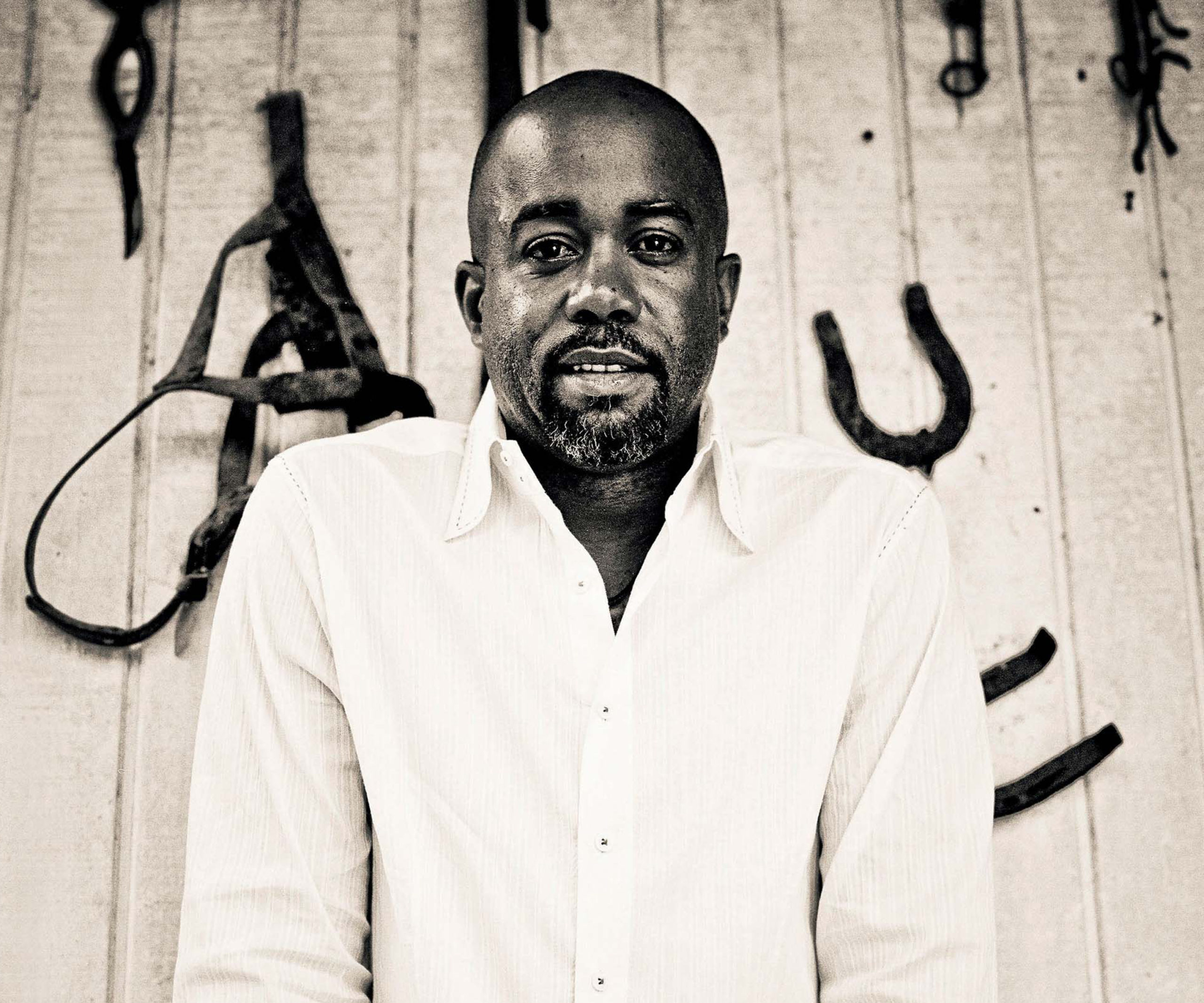
Peter Frank Edwards
The National Museum of African American Music will open this year in Nashville amid the glow of neon-lit honky-tonks. But given the African roots of country music, such as the introduction of the banjo, the placement makes sense. Music City, after all, gets its moniker not from country alone, but from the history of diverse music made in town, from the Fisk Jubilee Singers to R&B along Jefferson Street to, of course, rock and roll. “There’s music everywhere in Nashville,” says Darius Rucker, who has signed on to be one of the museum’s national chairs. “When you get off the plane, you hear music.” Continue reading >>
21 OF 30
Karen Amspacher
The Maritime Defender
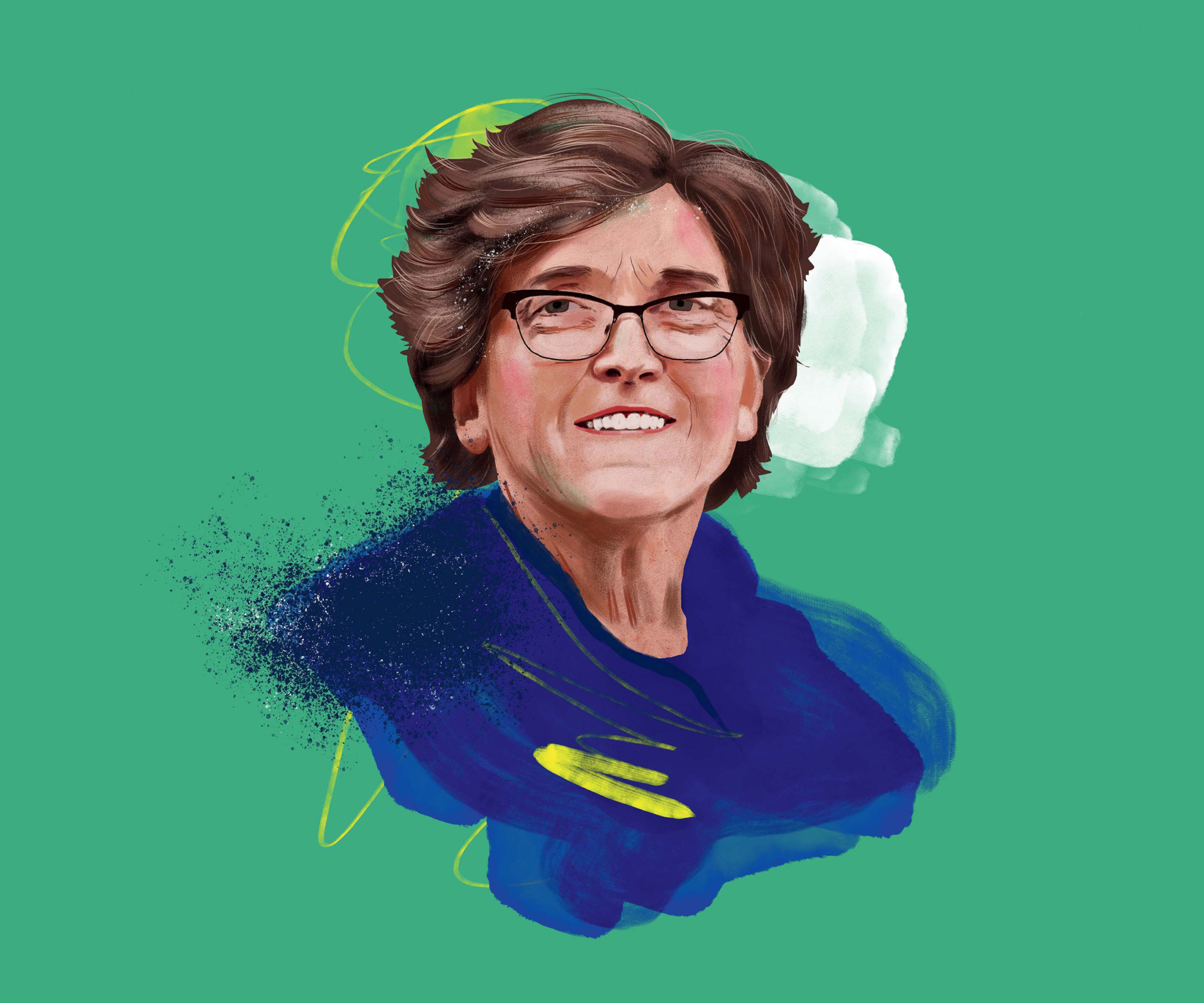
Barry Falls
Storms have marked Karen Amspacher’s family for more than a century. In 1899, hurricanes hounded her great-grandfather William Henry Guthrie off North Carolina’s Shackleford Banks. He floated his tiny home from the old Diamond City fishing village near Cape Lookout across Back Sound to nearby Harkers Island. There, today, his great-granddaughter acts as one of the most stalwart defenders of maritime culture in the state’s Down East region, a marshy peninsula of eastern Carteret County. Amspacher, who will soon turn sixty-five, has served as executive director of the Core Sound Waterfowl Museum & Heritage Center on Harkers since 1992. Continue reading >>
22 OF 30
Doug Naselroad
The Teacher
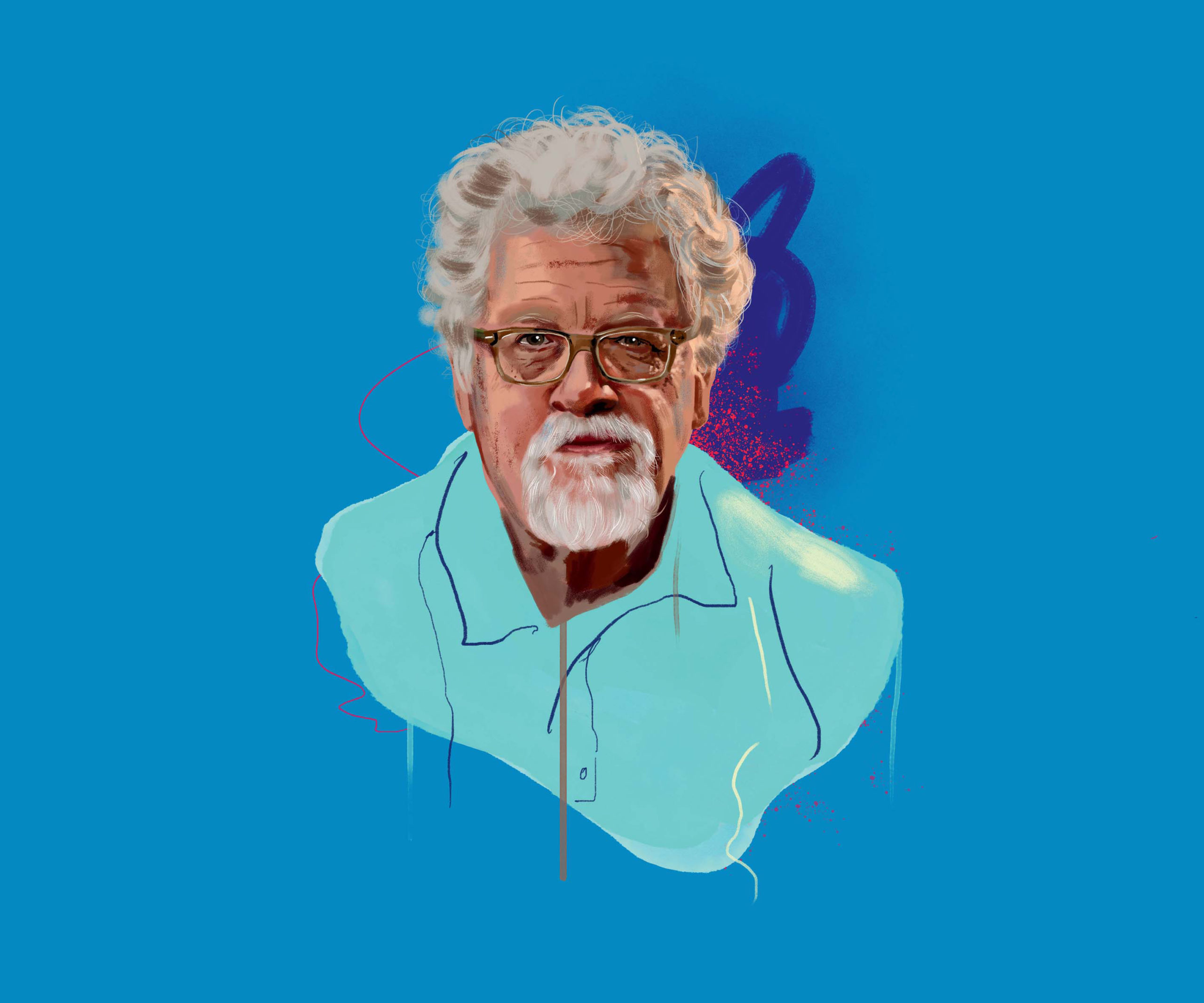
Barry Falls
In Hindman, Kentucky, one of the poorest areas in the eastern part of the state, and a community ravaged by opiate addiction, hope comes with strings attached—for guitars, mandolins, and dulcimers. That’s thanks to Doug Naselroad and Culture of Recovery. In 2012, Naselroad became the Appalachian Artisan Center’s Master Artist in Residence in woodworking, and shortly thereafter, he created the Appalachian School of Luthiery there. Soon, he received a phone call. The man on the phone, Earl Moore, told him that he needed a luthier. “I’m like, who in the world needs a luthier?” Naselroad recalls with a laugh. Continue reading >>
23 OF 30
Rudy Reyes
The Coral Cammando
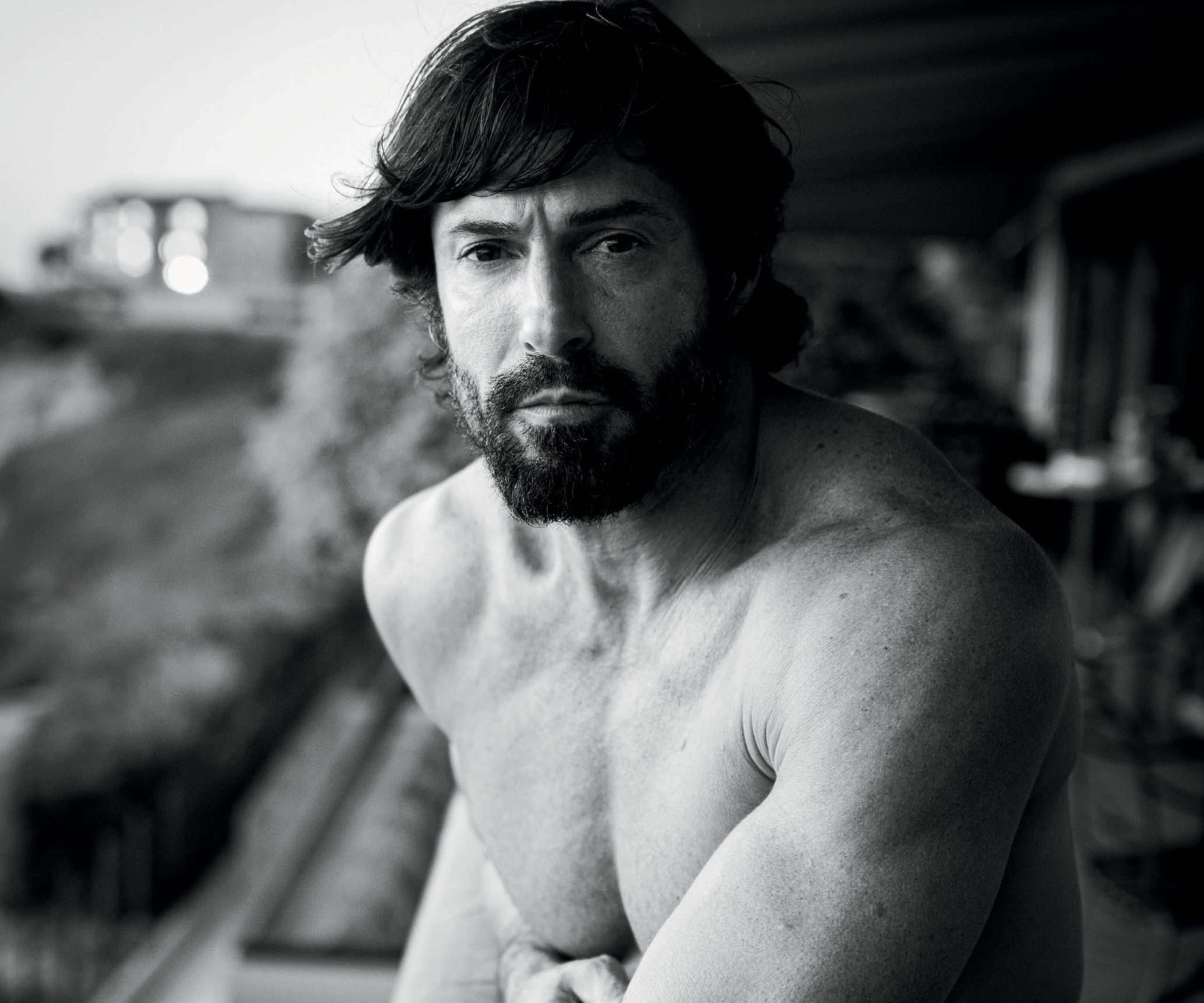
Tim K./The Veterans Project
During three combat tours in Afghanistan and Iraq, Rudy Reyes—a special forces recon U.S. Marine sergeant and elite combat diver—had executed countless amphibious insertions, jumped from helicopters into open ocean, and swum miles to shore in a heavy pack to infiltrate opposition-held zones. But for all the time he’d spent wet, he had never seen a fish underwater until a friend, Jim Ritterhoff, took him on a weeklong pleasure dive on Grand Cayman in 2015. Civilianized and aimless, Reyes—who had also portrayed himself in Generation Kill, HBO’s fictionalized miniseries about the 2003 invasion of Iraq—had been reeling at the time from post-traumatic stress, depression, and drug and alcohol addiction. Continue reading >>
24 OF 30
Lauren Northup
The Preservationist
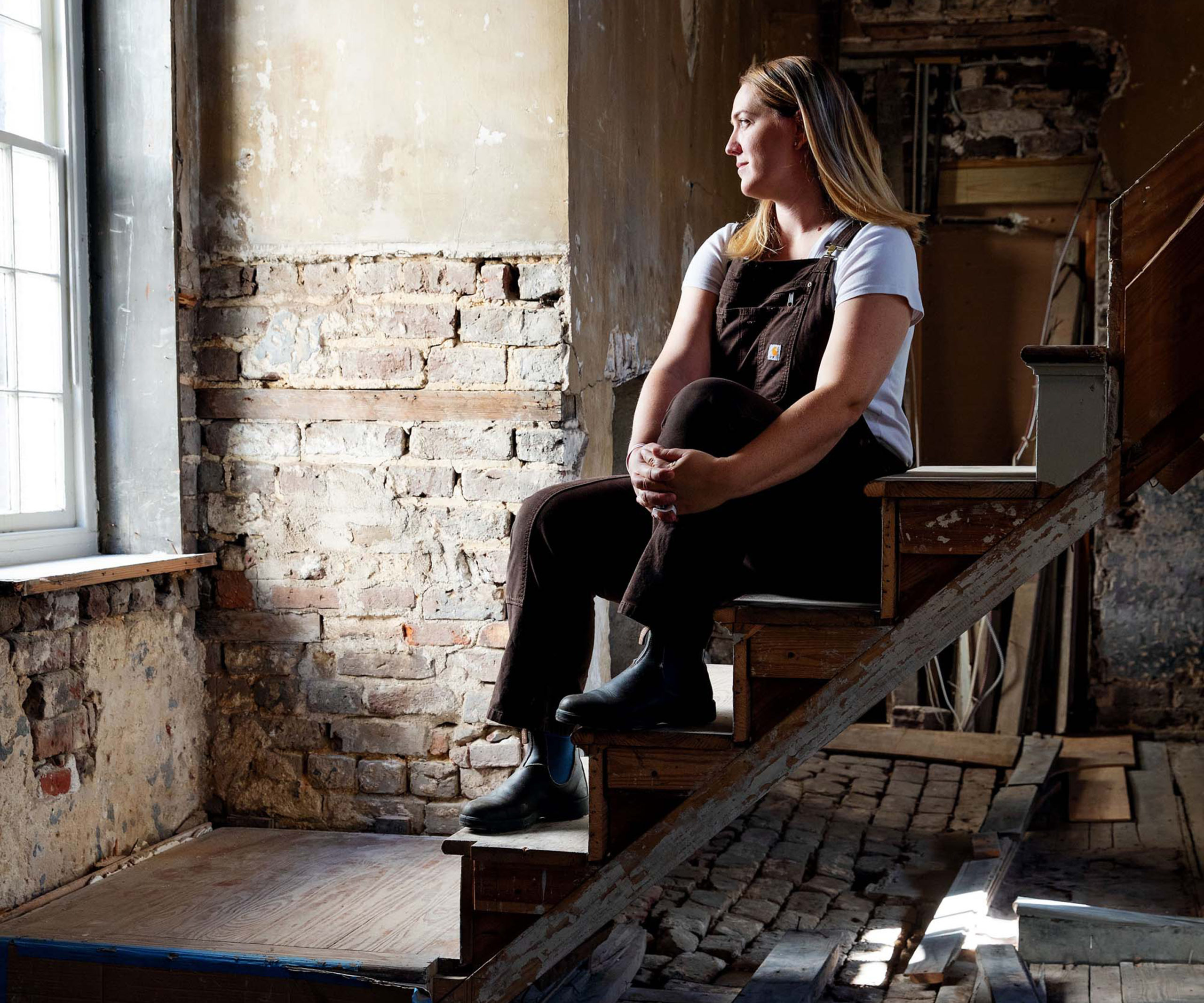
Margaret Houston
Lauren Northup was sitting in her office, on the second floor of an outbuilding of Charleston, South Carolina’s historic Nathaniel Russell House Museum, when a ray of sunshine beamed through a two-hundred-year-old window at her side and settled on the office door. The door was ajar at just the right angle to reveal a hidden secret: Beneath its layers of glossy white acrylic paint, the surface looked just uneven enough to suggest hand-planed planks. Could this door be original? Northup wondered. And if so, what else here was? Continue reading >>
25 OF 30
Clay George
The Whale Watcher
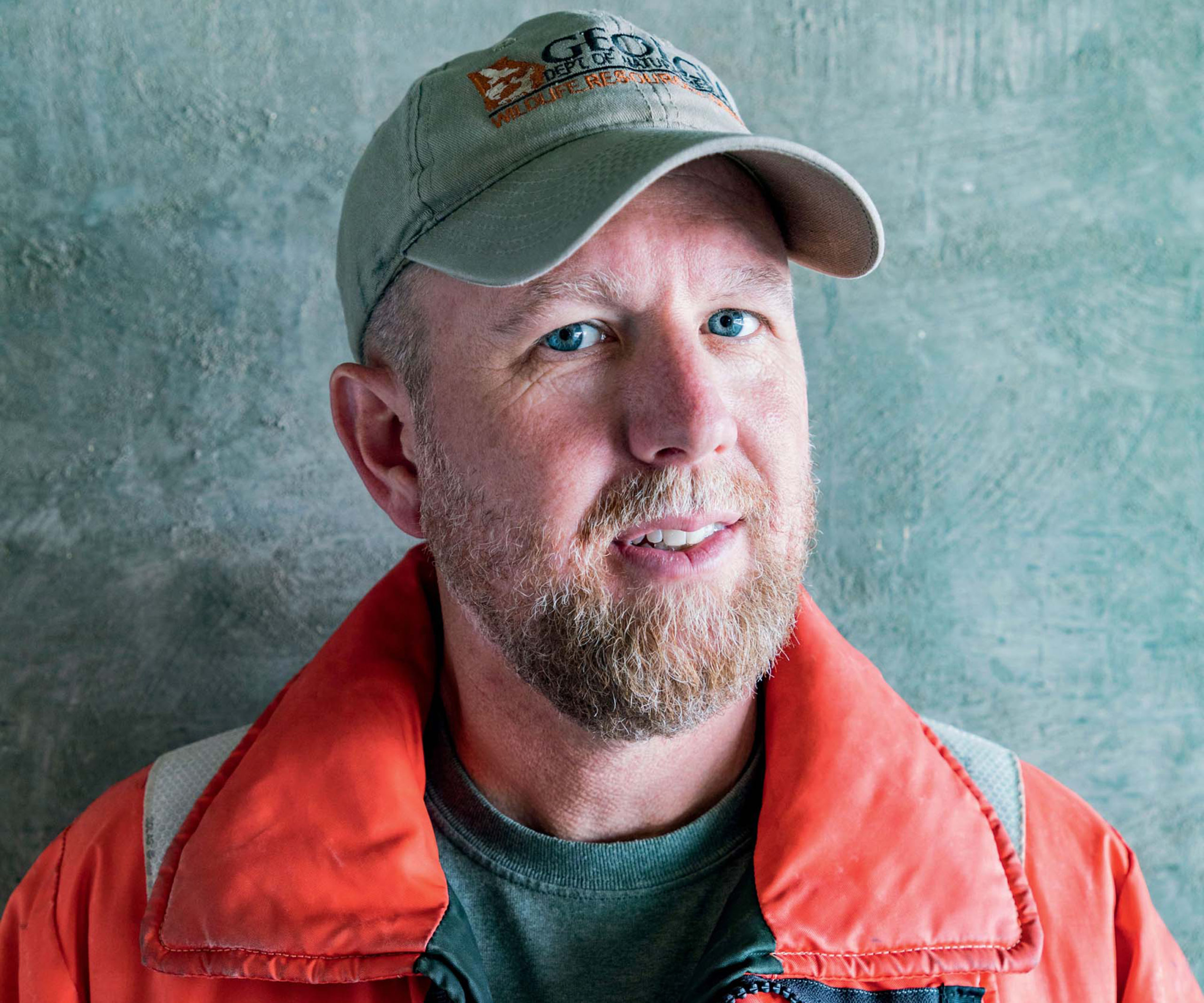
Peter Frank Edwards
With only about 425 North Atlantic right whales left on the planet, the species faces a dire future. A combination of unprecedented mortality rates and poor calving seasons in recent years led many to predict right whales would be wiped out in a handful of decades. But Clay George and his team are not the types to fold. A wildlife biologist with the Georgia Department of Natural Resources, George leads a coordinated effort between a spotter plane in the sky (on loan from the National Oceanic Atmospheric Administration, with a crew of spotters from the Clearwater Marine Aquarium in Florida) and boats on the water to survey and sample the highly endangered animals in their calving grounds off the Georgia and Florida coasts each winter. Continue reading >>
26 OF 30
Larry Callies
The Lone Ranger

Nick Simonite
Larry Callies wanted to be a cowboy for as long as he can remember. When he was three years old, his father put him on a horse for the first time, and once he learned to ride, the two began working for Sloan Williams, one of Texas’s largest rodeo stock producers. Along with their ranch duties, the pair traveled all over the state to take part in rodeos. The work was grueling. Callies ran cattle at the white rodeos on Thursdays, Fridays, and Saturdays, and at the rodeos for blacks on Sundays. “We weren’t allowed to work with the best cattle on Sundays,” he says. “It was the ones no one wanted.” Continue reading >>
27-28 OF 30
Dust-to-Digital
The Song Savers

Barry Falls
Dust-to-Digital, the Atlanta-based culture trove and record label founded in 1999 by Lance Ledbetter—his wife, April, joined him the following year—reinvented the box set in 2003 when it released Goodbye, Babylon, six CDs of gospel songs and sermons, rescued from a vestigial South and presented in a cedar box with raw cotton. On the discs, Ernest Phipps and His Holiness Singers sang about what to do “If the Light Has Gone Out of Your Soul.” Blind Willie Johnson answered with “Take Your Burden to the Lord and Leave It There.” Reverend George Jones warned not to ride “That White Mule of Sin.” Continue reading >>
29 OF 30
Ted Dennard
The Beekeeper
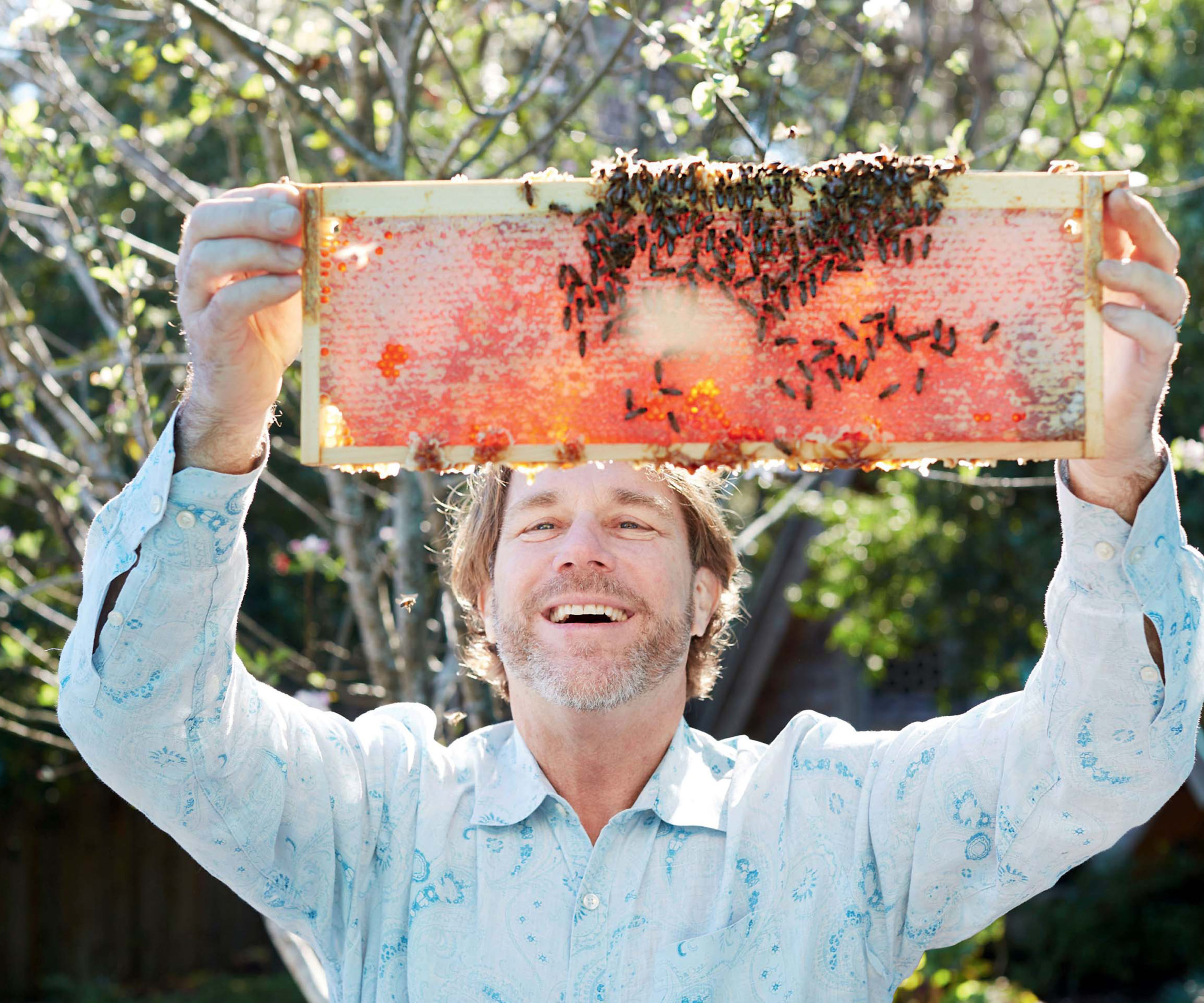
Mary Britton Senseney
Spurred by a report from Catherine Booker of the Exuma Foundation, Ted Dennard ventured to Great Exuma in the Bahamas in 2014 and confirmed a profound mystery: Despite the logwood, bougainvillea, and other nectar-producing plants, not a single honeybee could be found on the sixty-one-square-mile island. “Bees are so important,” says Dennard, the founder of the Savannah Bee Company, which makes and sells honey products while promoting beekeeping practices. “They help with genetic diversity. They boost production of nuts, fruits, and seeds for animals and people.” Continue reading >>
30 OF 30
Brigette Jones
The Truth Teller

Barry Falls
Brigette Jones wanted to find a career that combined her passions: talking and history. Never did she imagine, though, that she would become a tour guide at a plantation, or that her work uniform would be a Southern-belle gown. Yet after earning her degree in African American history at Tennessee State University, that’s exactly what she ended up doing in 2015, at Belle Meade Plantation. “I was sharing the legacy and history of wealthy white people,” Jones notes playfully, “so I had to dress the part of a rich white lady.” At Belle Meade, outside of Nashville, racehorses were raised—most Kentucky Derby winners, including Seabiscuit and Secretariat, trace their bloodlines back to the estate’s premier stud farm. Continue reading >>


